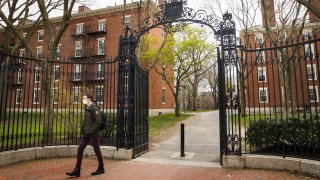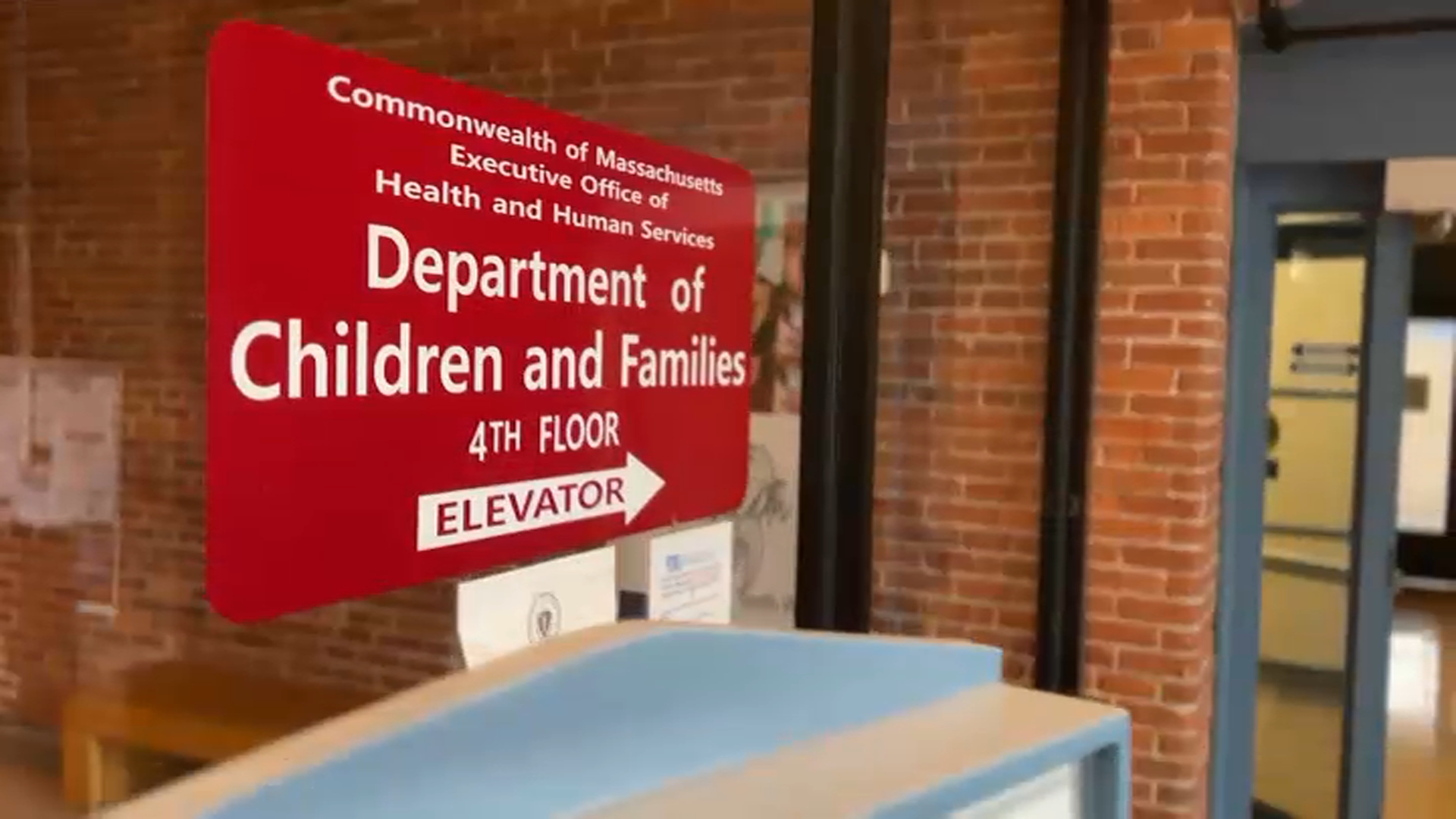
For students heading to Colby College in Maine this fall, coronavirus testing is expected to be a routine part of campus life. All students will be required to provide a nasal swab every other day for two weeks, and then twice a week after that. All told, the college says it will provide 85,000 tests, nearly as many as the entire state of Maine has since the pandemic started.
Colby, a private school of 2,000 students, joins a growing number of colleges announcing aggressive testing plans to catch and isolate COVID-19 cases before they spread. Harvard University says all students living on campus will be tested when they arrive and then three times a week. Boston University plans to test most students at least once a week.
But whether colleges should be testing every student — and whether there’s capacity for it — is a subject of debate. Some colleges plan to test students only if they show symptoms or come into close contact with someone who has tested positive. But some researchers say that approach could quickly cause outbreaks caused by students who don’t show symptoms.
As universities hurry to make plans for virus testing, federal officials are warning that they could overload labs that process tests for hospitals. In a call with governors last Monday, Health and Human Services Secretary Alex Azar said too many colleges are signing contracts with commercial labs, which threatens to “jam up the capacity” of the system.
Instead, Azar said colleges should develop testing operations in their own labs, especially at big research universities.
Colleges have been trumpeting testing plans as they work to reassure families that they can reopen safely. For some, it’s partly meant to signal that officials will spend whatever it takes to keep the campus protected.
“It’s first and foremost to provide a safe environment. But truthfully it’s also to give all of us comfort, to give our local community comfort, and to give our students and families comfort,” said Doug Terp, vice president for administration and chief financial officer at Colby. The testing plan will cost the college an estimated $5 million, he said.
Local
In-depth news coverage of the Greater Boston Area.
But at the University of North Carolina at Chapel Hill, officials argue that testing every student could “create a false sense of security.” Instead, the school plans to test students who show symptoms or were exposed to the virus, and those in high-risk groups.
Virus testing is just one of many safety measures colleges are planning as they look to reopen. Many also plan to reduce class sizes, limit dorm capacity, require masks and ban large gatherings. By testing, colleges hope to identify sick students and place them in isolation spaces to prevent further spread of the virus.
For months, university leaders have argued that testing is crucial to a safe reopening. But with limited guidance from federal officials, colleges have created a patchwork of strategies based on advice from state agencies and on research from their own health experts.
The Texas A&M University system recently announced that it will divide 15,000 tests among its campuses each month, to be reserved for those who show symptoms or are exposed to known cases. Other schools planning to focus on those with symptoms include Harvey Mudd College near Los Angeles and Macalester College in Minnesota.
Dozens of universities plan to test students when they arrive, but after that initial screening, some plan to focus on students with symptoms. Some other schools say they will test random samples of students, while some plan to test all students at various intervals.
The Centers for Disease Control and Prevention discourages widespread testing,, saying colleges should primarily test students with symptoms. The agency says broader testing should be considered only in areas with higher virus transmission rates.
But researchers at several universities warn that relying on symptoms alone won’t be enough. They say many young people carry the virus but never feel ill. Without catching those cases, they say, the virus could rapidly spread out of control.
At Cornell University, a research team recently found that students would need to be tested every seven days to keep infections down. A separate study at Yale University and Harvard Medical School suggested that all students should be tested every two or three days. It found that testing only once a week could lead to thousands of infections over a semester.
Of particular concern for colleges is the risk that students could arrive on campus carrying the virus without knowing it. Some are asking students to get tested before they arrive. Ithaca College recently announced that students from more than 20 states with higher virus rates will be barred from campus.
At Cornell, students have been asked to get tested before leaving home, and they will face another test when they arrive. Officials hope that by testing twice, they will identify asymptomatic cases and drive down false test results. Once on campus, students will be tested once a week.
“It’s incumbent on us to do everything we can to create a safe environment,” said Michael Kotlikoff, the university’s provost. “Whatever we do, there is going to be risk. All we can do is use science to create the best conditions for public health safety.”
Even with testing, several colleges have already seen outbreaks among athletes and other students who returned to campus this summer. The University of North Carolina paused football workouts this month after 37 athletes, coaches and staff members tested positive.
Uncertainty around testing has also led to tension between college administrators and their professors. Faculty unions at schools including the Georgia Institute of Technology and Western Kentucky University have demanded widespread testing as a condition for reopening.
While some research universities have created their own testing operations, including at Boston University, others are turning to local hospital systems or commercial labs. In New England, Colby and more than 30 other colleges plan to have samples tested through the Broad Institute, a research center tied to Harvard and the Massachusetts Institute of Technology.
Some, however, say widespread testing isn’t an option.
A month ago, Boise State University said students living on campus would face mandatory testing when they arrived. But as cases spiked this month, the school scrapped the plan, saying local testing capacity had become “significantly strained.”
And at Randolph College, a school of 600 students in Lynchburg, Virginia, officials on Thursday canceled plans for in-person classes this fall. A key factor, they said, was their inability to test large numbers of students.
__
Associated Press reporter Alan Suderman contributed to this report from Richmond, Virginia.



